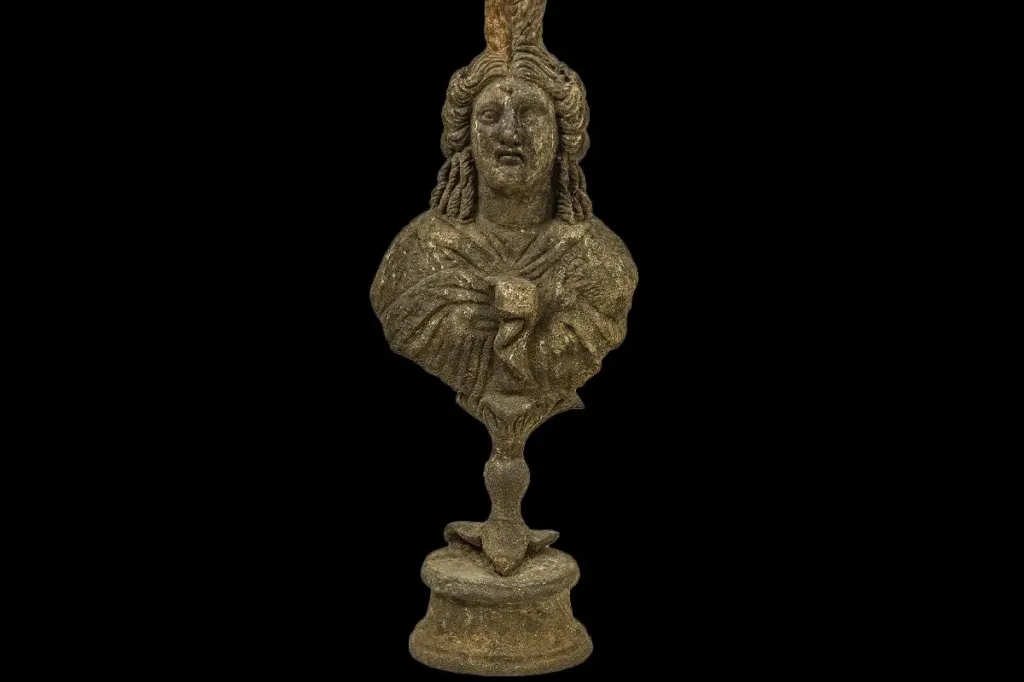Excavations at Satala in northeastern Turkey have unearthed a bronze bust depicting Isis, an ancient Egyptian goddess whose cult spread throughout the Greco-Roman world.
Satala, located in Turkey’s Gümüşhane province, was a major military stronghold and administrative center on the eastern front of the Roman Empire. Strategically positioned near the headwaters of the Lycus River, it served as the base of Legio XV Apollinaris, a Roman Imperial legion, and a rallying point for troops across the region. Over the 2nd and 3rd centuries CE, a vicus or civilian settlement emerged around the castrum or military fortress. Today, an aqueduct and its massive walls are almost all that remains of its former grandeur.
Archaeologists, led by Elif Yavuz Çakmur of Karadeniz Technical University, found the bronze bust of Isis in the settlement’s necropolis. Measuring almost eight inches tall, it depicts the goddess atop a circular base decorated with three calyx-shaped leaves.
Trade and migration along the Mediterranean introduced Isis to the Roman populace, and by the 1st century CE, her temples stood in many major port hubs. Her cult was particularly popular among merchants and soldiers, as she symbolized protection and fortune.
“We know the legions here followed the cults of Mithra and the Twelve Gods. The presence of Isis, however, reveals the extent of religious diversity within the Roman army and shows how Eastern deities were embraced across the empire,” Çakmur told Heritage Daily.
The bust marks the first sculpture found at Satala since 1872, when local villagers discovered the famed Satala Aphrodite, a towering statue of the goddess Aphrodite from the Hellenistic period. The work was later acquired by the British Museum.
The sculpture of Isis is being restored and is expected to be displayed at the Gümüşhane City Museum.
